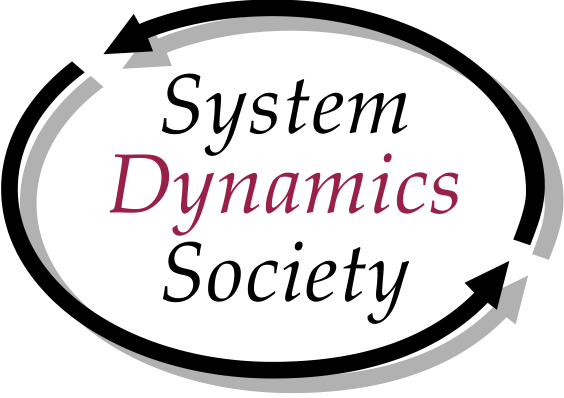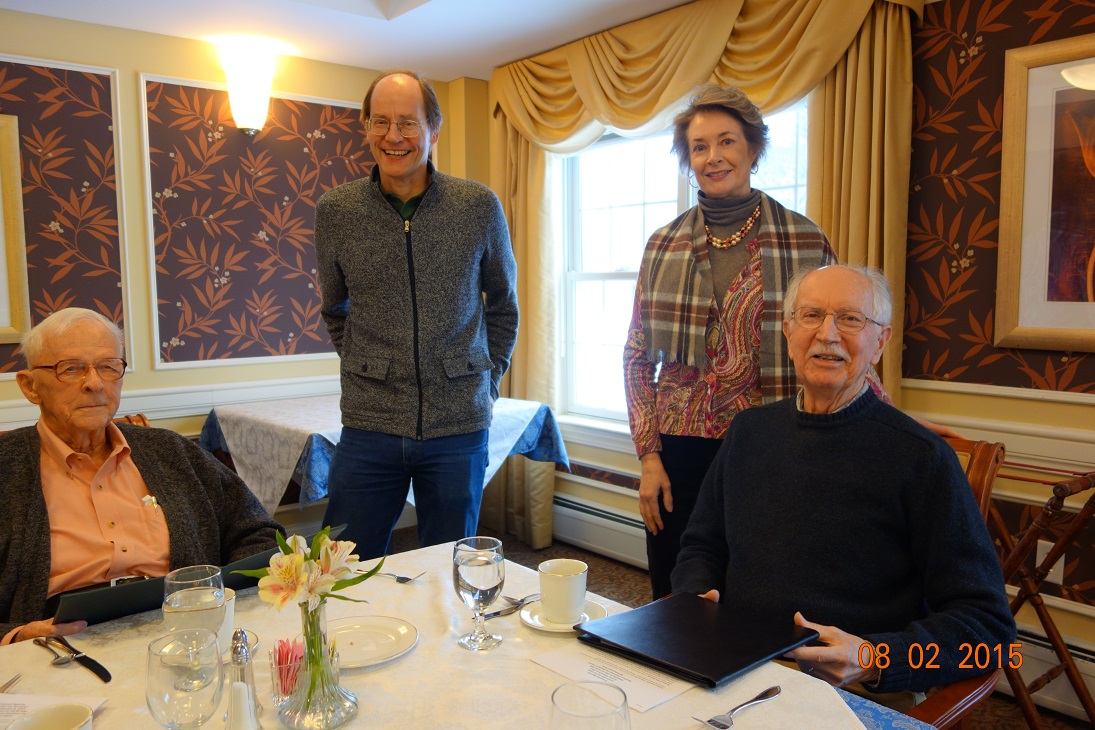 Lunch with Jay
Lunch with Jay Lunch with Jay
Lunch with JayFrom 2013 to the early part of 2016, Jay would host a lunch every two or three months to talk about the future of System Dynamics. The faces around the table varied: David Andersen, Ken Cooper, Pal Davidsen, Jim Hines, Jim Lyneis, Rod MacDonald, Jack Pugh, George Richardson, Weijia Ran, Khalid Saeed, Jim Thompson, and others we are forgetting took part on different occasions. We were lucky enough to be there for almost every meal. Jay would host the lunches, in the retirement complex he lived in, and we would talk about the past and future. Jay never lost his ability to tell stories about things he had experienced, and even for the ones we had heard before it was fun to listen and maybe pick up a new detail or two.

A number of good ideas came out of these discussions. Most were forward thinking, but one that combined the past and the present was Jay's belief that he still had a couple of books to publish. One was the long-promised write-up on the National Model that he had been working on for decades, the other a book on social dynamics that would complement Jay's original book Industrial Dynamics. Though both Urban Dynamics and World Dynamics are part of the theme of social dynamics, they missed the more encompassing idea that the thinking and techniques underlying System Dynamics can fruitfully be applied to a wide range of human issues.
Thus was born the idea for Social Dynamics. Rather than a textbook-like treatise of methodology, it was envisioned as a collection of essays that addresses the methodology, its application, and ways to make more people embrace the approach. Though we discussed publishing it as a traditional book, Jay thought that too old fashioned, and suggested something easily accessible by people with all their modern connected devices. And so, we have Social Dynamics, and its phone friendly presentation. Jay selected all the material to be included. Because of copyright issues not everything made it, but it is very much the best of Jay's work in Jay's opinion.
One of the cool things about Social Dynamics is that you can see, over time, the "social" idea developing in Jay's writings. When he wrote D-0000, he had probably never thought about, for example, K-12 education. Part of being visionary is being able to grow or expand, and embrace different thinking or applications, and Jay exemplified this. At the same time, he held to his beliefs. One of the very last conversations we had, when Jay was too sick to eat lunch, he again repeated his belief that a purely mathematical approach to differential equations hampers understanding.
The other collection, Economic Dynamics, went through a similar paper selection process, but it is intended to include a model and remains a work in progress.
The collections are being published posthumously. We, and the other participants in this project, would like to thank Jay for the opportunity to stay close to him through his work.
Bob Eberlein and Roberta Spencer, Fall, 2019.